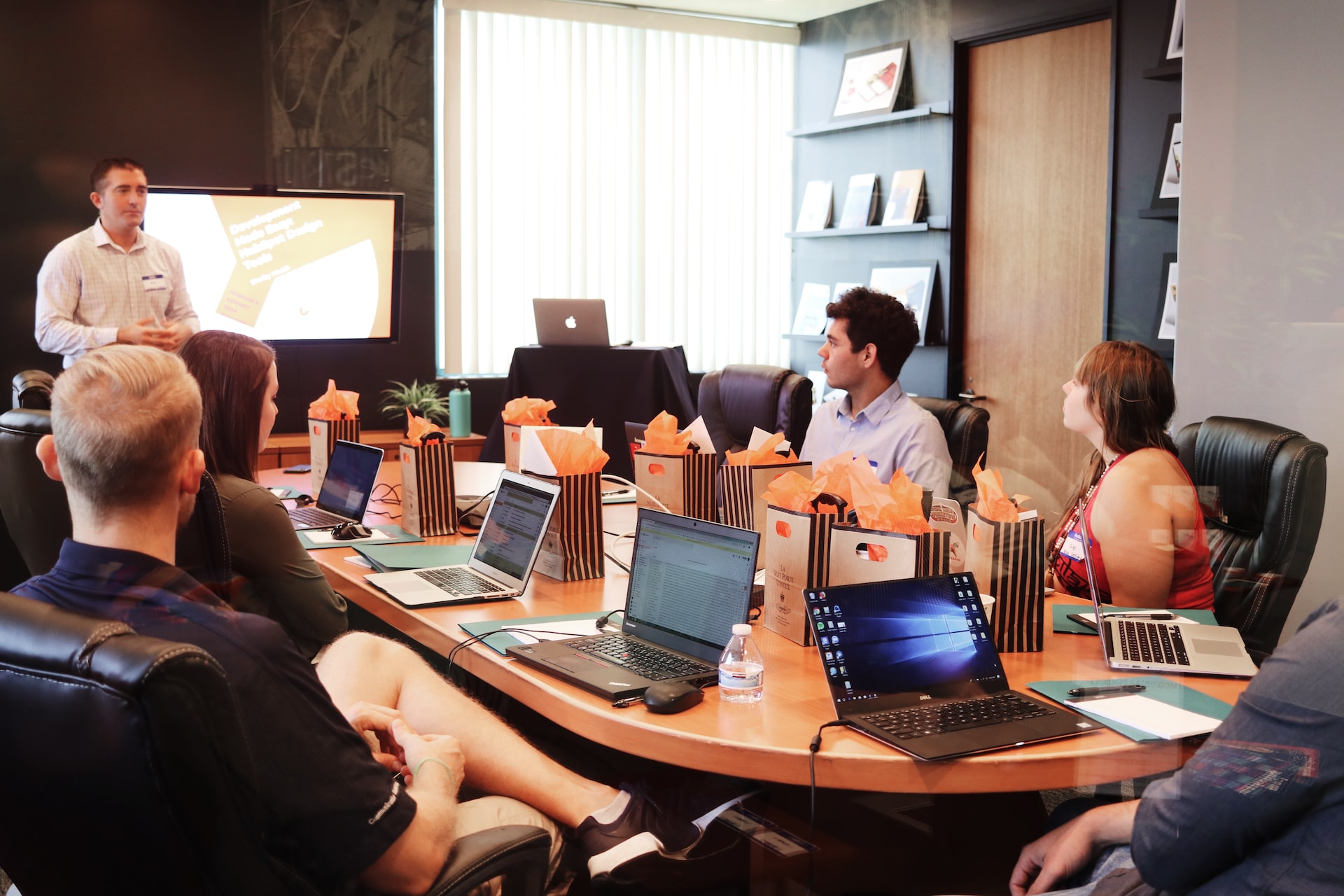Just like how almost everything in the business landscape of today changes, the demands for learning and development also changes. The 2018 trends for learning and development suggest a lot of involvement in technology. Coaching, a powerful learning and development tool will not be left behind.
Here are the trends you need to watch out to prepare for the future of coaching!
Coaching Trends
Going Mobile
According to Digital in 2017 Global Overview done by Hootsuite and We Are Social, among the 7.476 billion people in the world, there are 4.917 billion unique mobile users. People are spending more time on their mobile devices for almost everything. The impact of this data is even recognized by Google. One great ranking factor in SEO (Search Engine Optimization) is a web page’s mobile compatibility.
It’s no surprise, really, that coaching will also go mobile. More and more people are too busy to sit down for a few hours a day for coaching. You should learn how best to connect with your clients. If they are spending more time on their mobile devices, then it’s a great move to optimize your methods.
The first step is moving your content online. And then, optimizing it for mobile. The good news is that accompanying the boom of technology, these processes are easier than before. Various platforms are now offering online storage, and there are also other tools that help you achieve what you want in terms of your coaching.
Digitization
The trend of digitization doesn’t stop. Almost everything can be done online—shopping, banking, scheduling, collaborating, meetings, etc. And in learning and development sessions, more and more clients don’t use pen and paper. Why would they when they can take a picture of the whole slide or worksheet using their mobile devices? Recording the whole meeting is also an easy way to go back and recall the things that they need.
The thing is, with clients adapting to digitization, they also expect you, the coach, to be more digital. They will expect less paper and more efficient ways of managing their coaching experience. Keep in mind that platforms offer different kinds of services! Take into consideration what is easiest for you and your client that provides everything that you both need. Find a platform that works best for you and your clients to communicate, exchange resources, and interact.
Bite-sized and Micro-learning
Accompanying the trend of going mobile is the way people digest learning. With people getting busier and busier, they only have a short time for learning, usually between meetings, at lunch, or while they’re going from one place to another.
This is where bite-sized learning and microlearning comes in. These types of learning focus on short courses. However, they’re not the same. Bite-sized learning, while often viewed as just short modules, is about tackling one learning objective at a time instead of multiple learning objectives (usually done in traditional learning). Microlearning, on the other hand, is a way of teaching and delivering content in small, very specific bursts, and often refers to the digital forms of learning (which includes videos, articles, online courses, etc.).
Repurposing your content, getting it online, making it mobile-compatible, and then breaking it down into small chunks will help you create more organized resources, tools, and mini-courses.
As much as it’s comfortable to continue with what you’re used to, the changing demographics of the population and the rapid advancement of technology will bring changes to a lot of things. A different audience means that there will be different ways of thinking, different sets of demand, and different ways of learning. Embrace these changes and turn them to your advantage!




